Samuel Leupold
Executive Vice President at DONG Energy
‘Walney Extension will deliver clean electricity to more than 460,000 homes in the United Kingdom. I’m very glad to be working with Van Oord on the biggest offshore wind farm ever. Building it will bring us significantly closer to achieving our aim of having 6.5 gigawatt of installed capacity online by 2020.’
It was a bold move to suggest modifying Van Oord’s advanced offshore installation vessel Aeolus, but that is precisely what a team of smart engineers did. Thanks to their innovative modifications, the vessel can now do its work while afloat too. Its floating debut came on the Walney Extension offshore wind project.



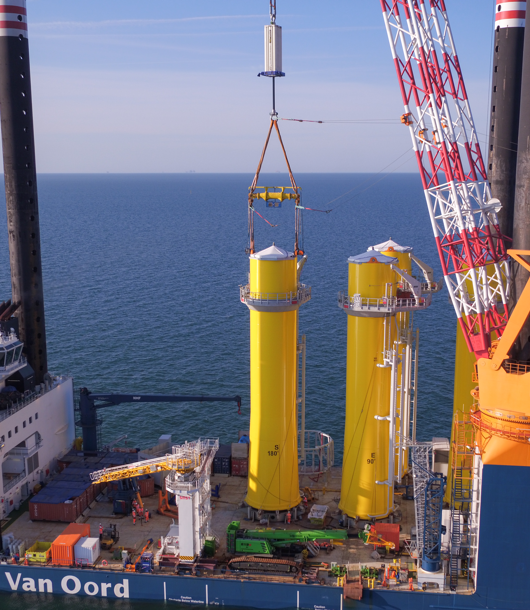
with ingenuity



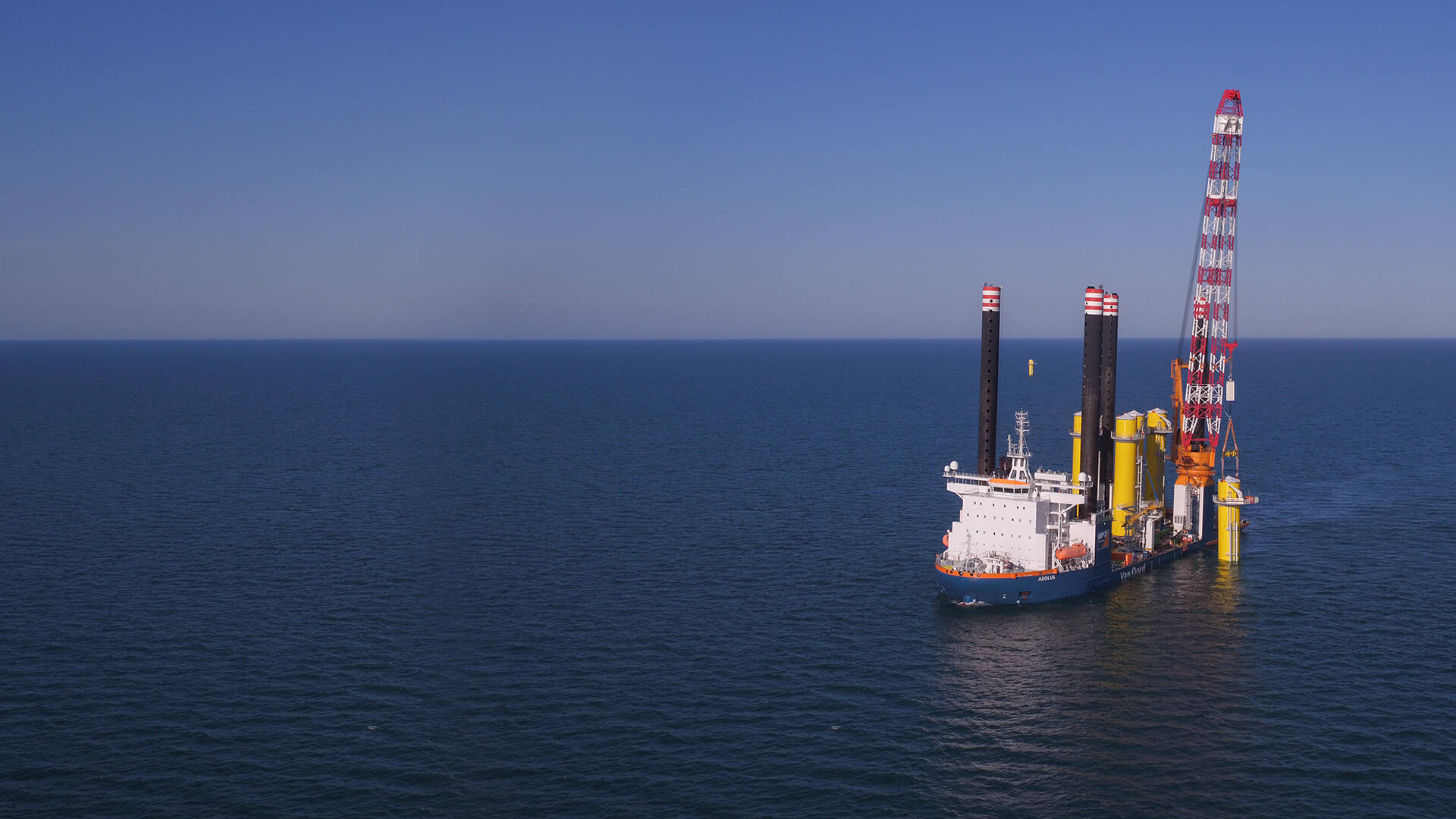

In 2015, Van Oord has reached agreement with DONG Energy on the transport and installation of 87 foundations, as well as the installation of scour protection, for the Walney Extension offshore wind project in the United Kingdom. After the successful completion of DONG’s Burbo Bank Extension offshore wind project in 2016, Van Oord recently installed the final foundation at the Walney Extension offshore wind project. Both DONG Energy and Van Oord are experienced in the field and felt that cooperating on two successive projects would allow them to optimise their working methods even further.



Floren Verweij
Van Oord’s Project Manager Walney Extension offshore wind project
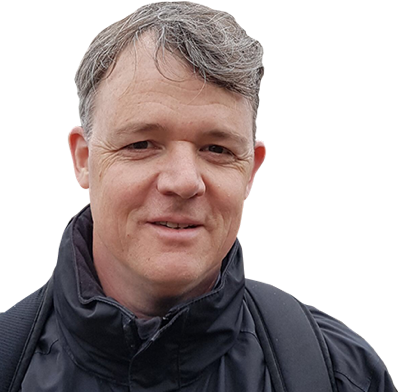
Floren Verweij, Van Oord’s Project Manager Walney Extension offshore wind project: ‘The necessity for floating installation of transition pieces is because the soil conditions at most of the locations are not good enough to allow us to use the more conventional installation method of jacking up the vessel.

During floating installation, it is extremely important to maintain the stability of the vessel throughout the installation cycle. For this, we need to be vigilant of the predicted weather conditions.
This was the first time we did floating installation of transition pieces at sea with the Aeolus; normally the vessel carries out installation when it is jacked up on its four legs. The only time it worked in floating mode was during the loading of wind turbines in ports.’


Daan Scheltens
Offshore Hydrodynamic Engineer at Van Oord

How does it work?
Daan Scheltens, Offshore Hydrodynamic Engineer at Van Oord, contributed to realising this method of installation by carrying out extensive analysis of the work methods. He modelled the Aeolus’s movements in different wave conditions to analyse the behaviour of the transition piece during the lift. ‘It was clear that something had to be modified,’

says Daan, ‘because once a transition piece is suspended from the crane, it could start swinging around its centre of gravity. The Aeolus already has two tugger lines at the front of the crane. These are used for controlling the rotation. We then moved the two tugger lines at the back of the crane forward and attached them in a v-shape. That meant adding two extra fairleads on the crane’s jib. The v-shaped lines reduce the movements of the transition piece that’s being hoisted, stopping the swing effect. In the end, it’s a relatively small adjustment that followed from our extensive analysis which were not immediately obvious.’
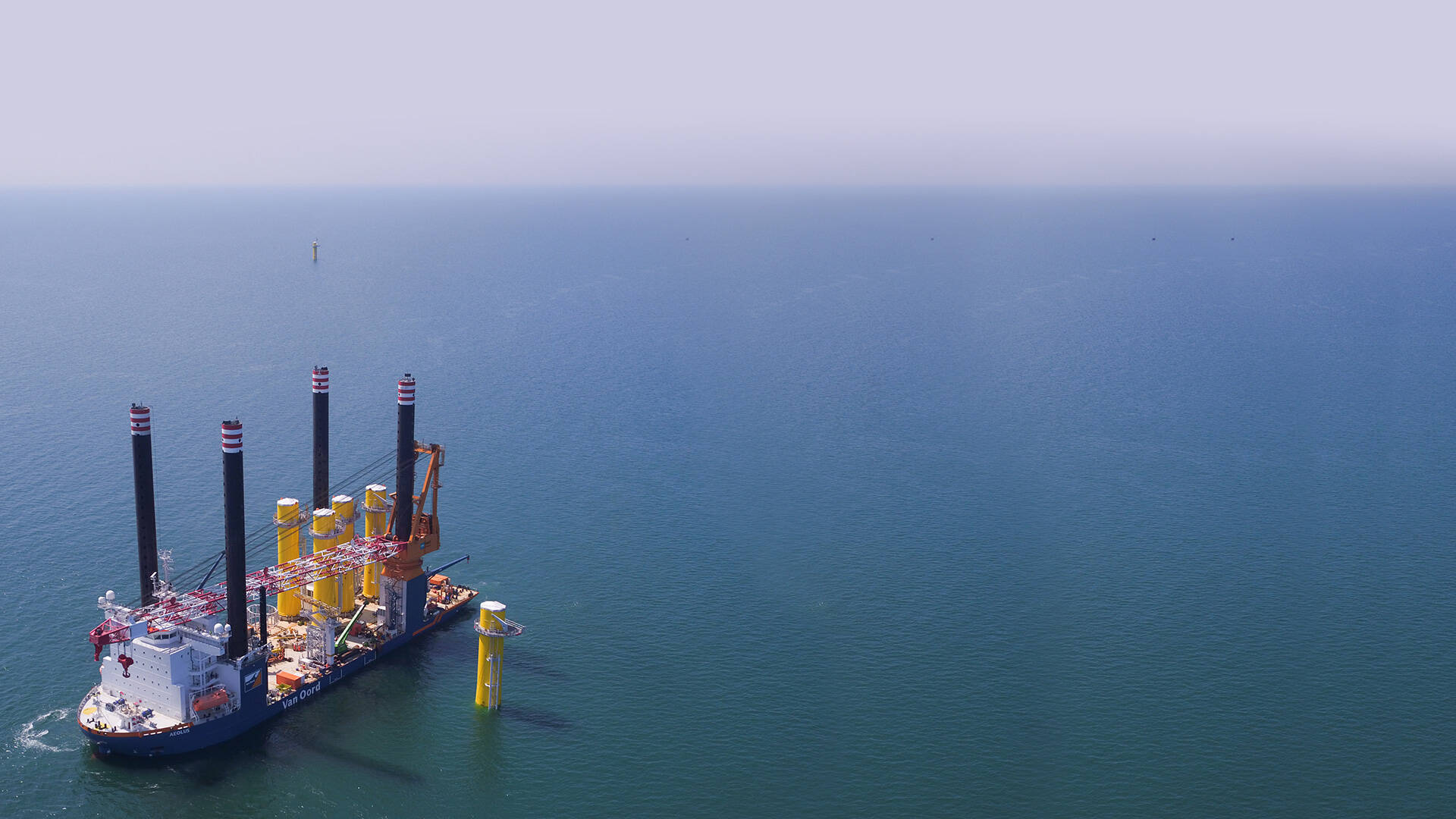

Making the impossible, possible
‘There is nothing new about floating installation; heavy lift installation vessel Svanen uses the same method. But while the Svanen has anchors to keep it in place, the Aeolus used Dynamic Positioning (DP) to maintain a stable position during floating installation. DP is a system that holds the vessel’s position and course constant with its own propellers. It allows us to do work at locations that would otherwise not be possible in jacked mode, for example because of obstacles on the seabed, like pipelines or other structures, or the depth of the water prevent the vessel from jacking,’ says Floren.

Outcome: renewable energy to 460,000 households in the United Kingdom
Location: located in the Irish Sea, approximately 19 kilometres off the Walney Island coast in Cumbria, United Kingdom

Scope: transport and installation of 87 foundations and the installation of 135,000 tons of scour protection

Client: DONG Energy

Samuel Leupold
Executive Vice President at DONG Energy
‘Walney Extension will deliver clean electricity to more than 460,000 homes in the United Kingdom. I’m very glad to be working with Van Oord on the biggest offshore wind farm ever. Building it will bring us significantly closer to achieving our aim of having 6.5 gigawatt of installed capacity online by 2020.’
It was a bold move to suggest modifying Van Oord’s advanced offshore installation vessel Aeolus, but that is precisely what a team of smart engineers did. Thanks to their innovative modifications, the vessel can now do its work while afloat too. Its floating debut came on the Walney Extension offshore wind project.
with ingenuity

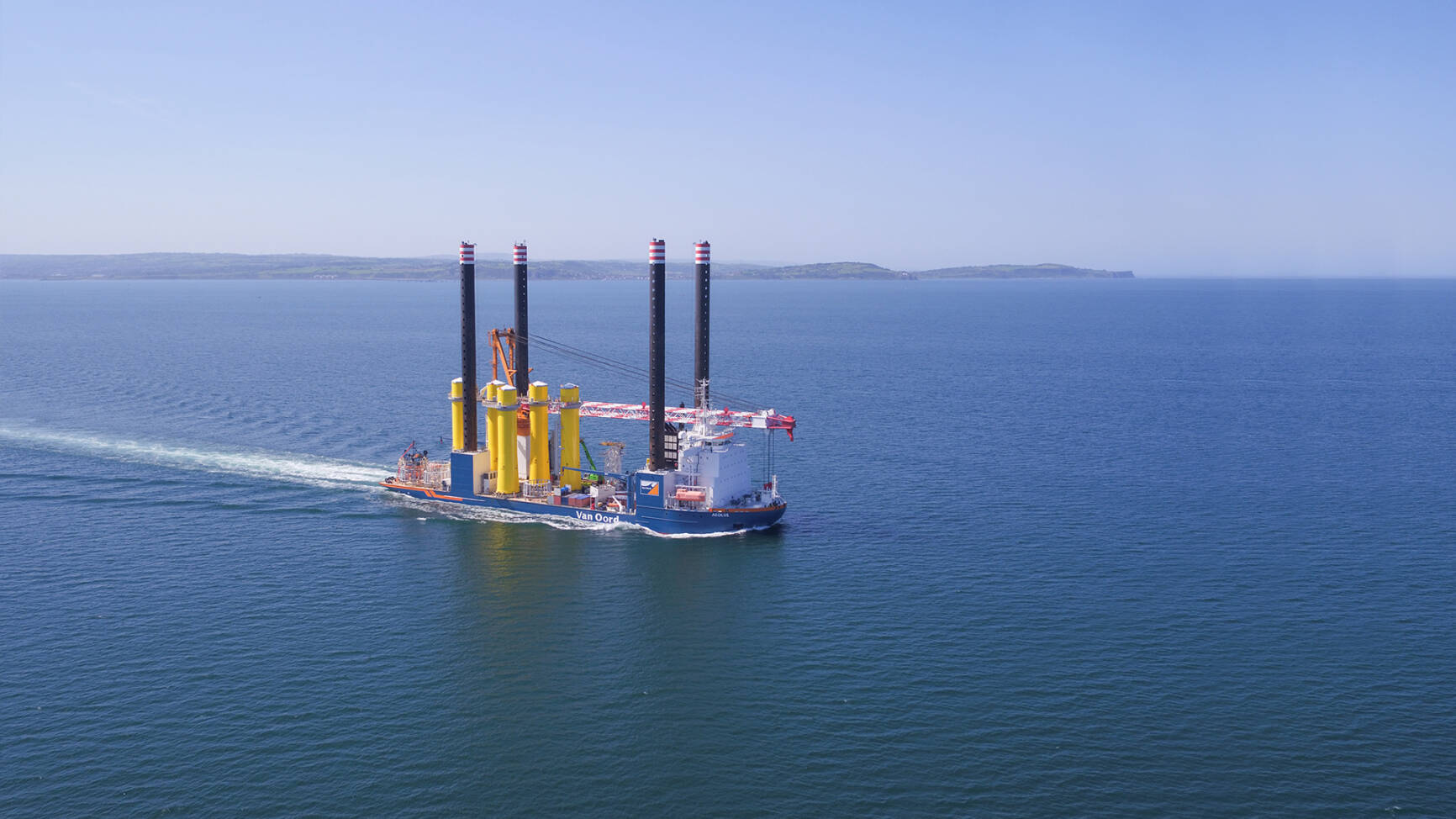
In 2015, Van Oord has reached agreement with DONG Energy on the transport and installation of 87 foundations, as well as the installation of scour protection, for the Walney Extension offshore wind project in the United Kingdom. After the successful completion of DONG’s Burbo Bank Extension offshore wind project in 2016, Van Oord recently installed the final foundation at the Walney Extension offshore wind project. Both DONG Energy and Van Oord are experienced in the field and felt that cooperating on two successive projects would allow them to optimise their working methods even further.
Floren Verweij
Van Oord’s Project Manager Walney Extension offshore wind project
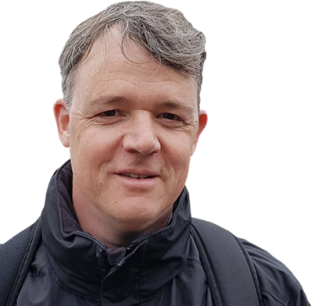
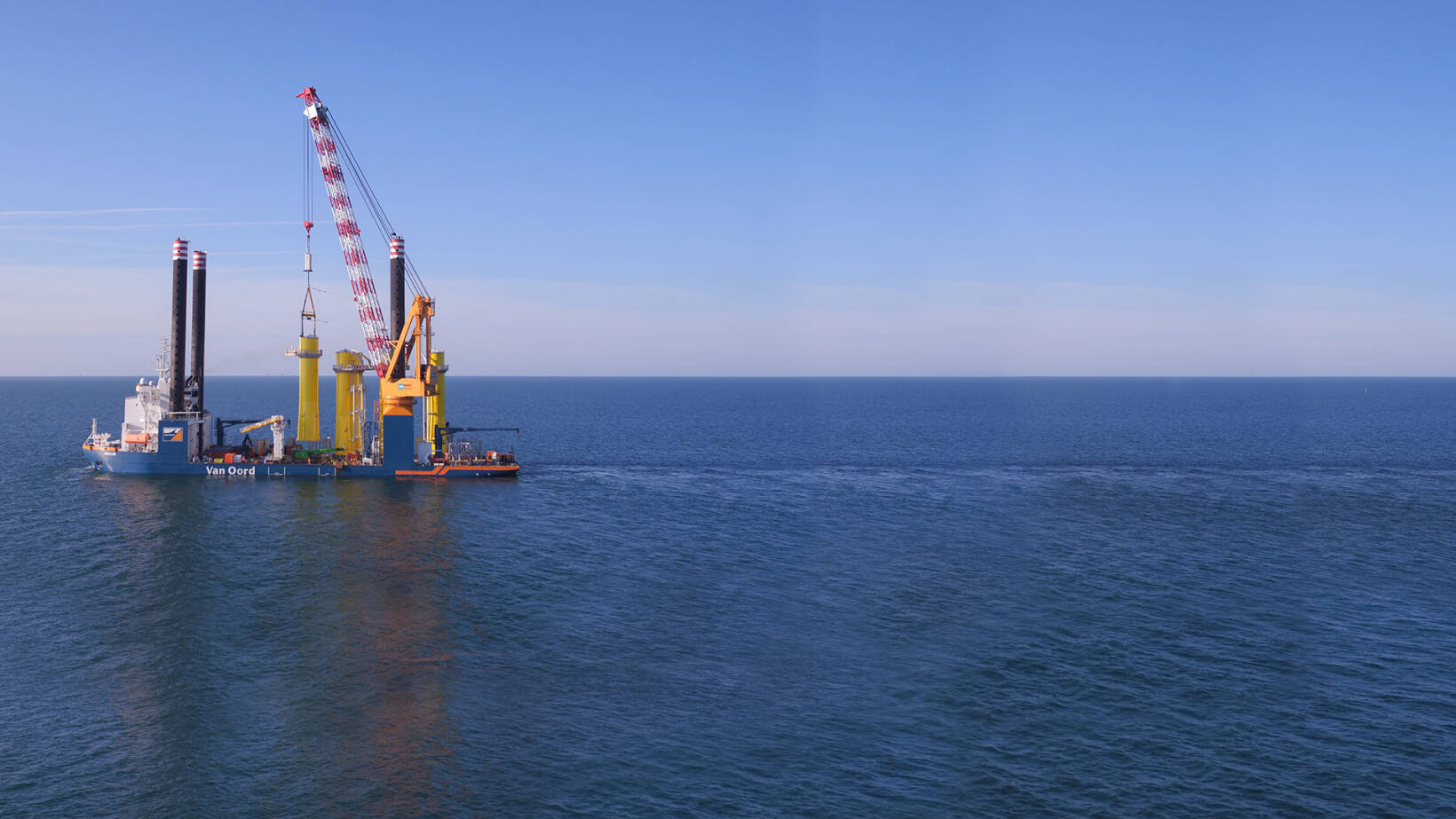
During floating installation, it is extremely important to maintain the stability of the vessel throughout the installation cycle. For this, we need to be vigilant of the predicted weather conditions.
This was the first time we did floating installation of transition pieces at sea with the Aeolus; normally the vessel carries out installation when it is jacked up on its four legs. The only time it worked in floating mode was during the loading of wind turbines in ports.’
Floren Verweij, Van Oord’s Project Manager Walney Extension offshore wind project: ‘The necessity for floating installation of transition pieces is because the soil conditions at most of the locations are not good enough to allow us to use the more conventional installation method of jacking up the vessel.
Daan Scheltens
Offshore Hydrodynamic Engineer at Van Oord
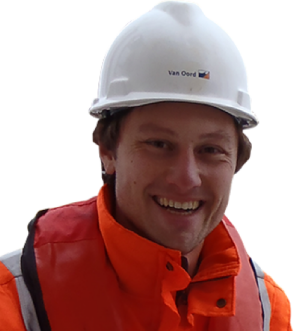
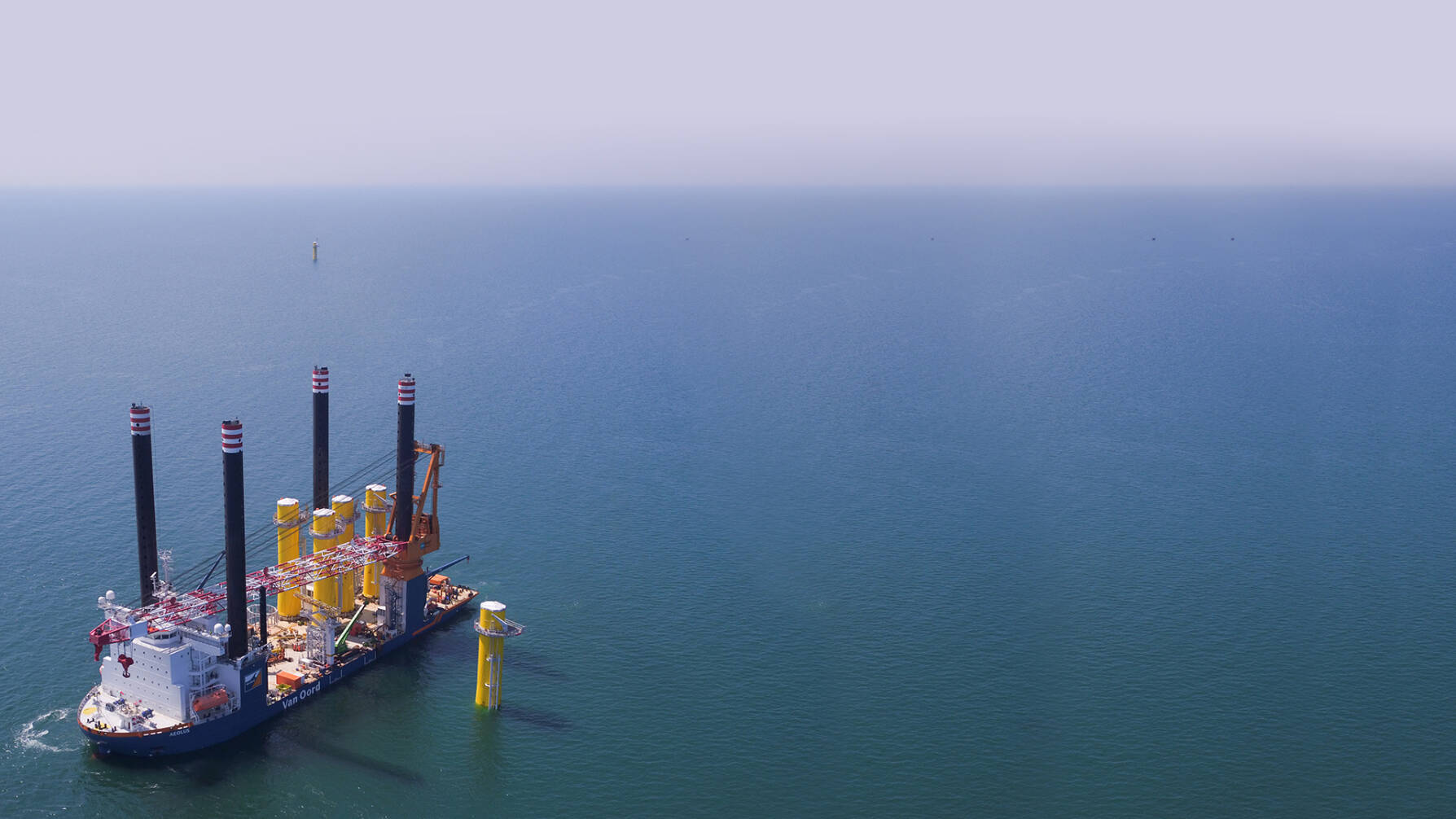
says Daan, ‘because once a transition piece is suspended from the crane, it could start swinging around its centre of gravity. The Aeolus already has two tugger lines at the front of the crane. These are used for controlling the rotation. We then moved the two tugger lines at the back of the crane forward and attached them in a v-shape. That meant adding two extra fairleads on the crane’s jib. The v-shaped lines reduce the movements of the transition piece that’s being hoisted, stopping the swing effect. In the end, it’s a relatively small adjustment that followed from our extensive analysis which were not immediately obvious.’
How does it work?
Daan Scheltens, Offshore Hydrodynamic Engineer at Van Oord, contributed to realising this method of installation by carrying out extensive analysis of the work methods. He modelled the Aeolus’s movements in different wave conditions to analyse the behaviour of the transition piece during the lift. ‘It was clear that something had to be modified,’
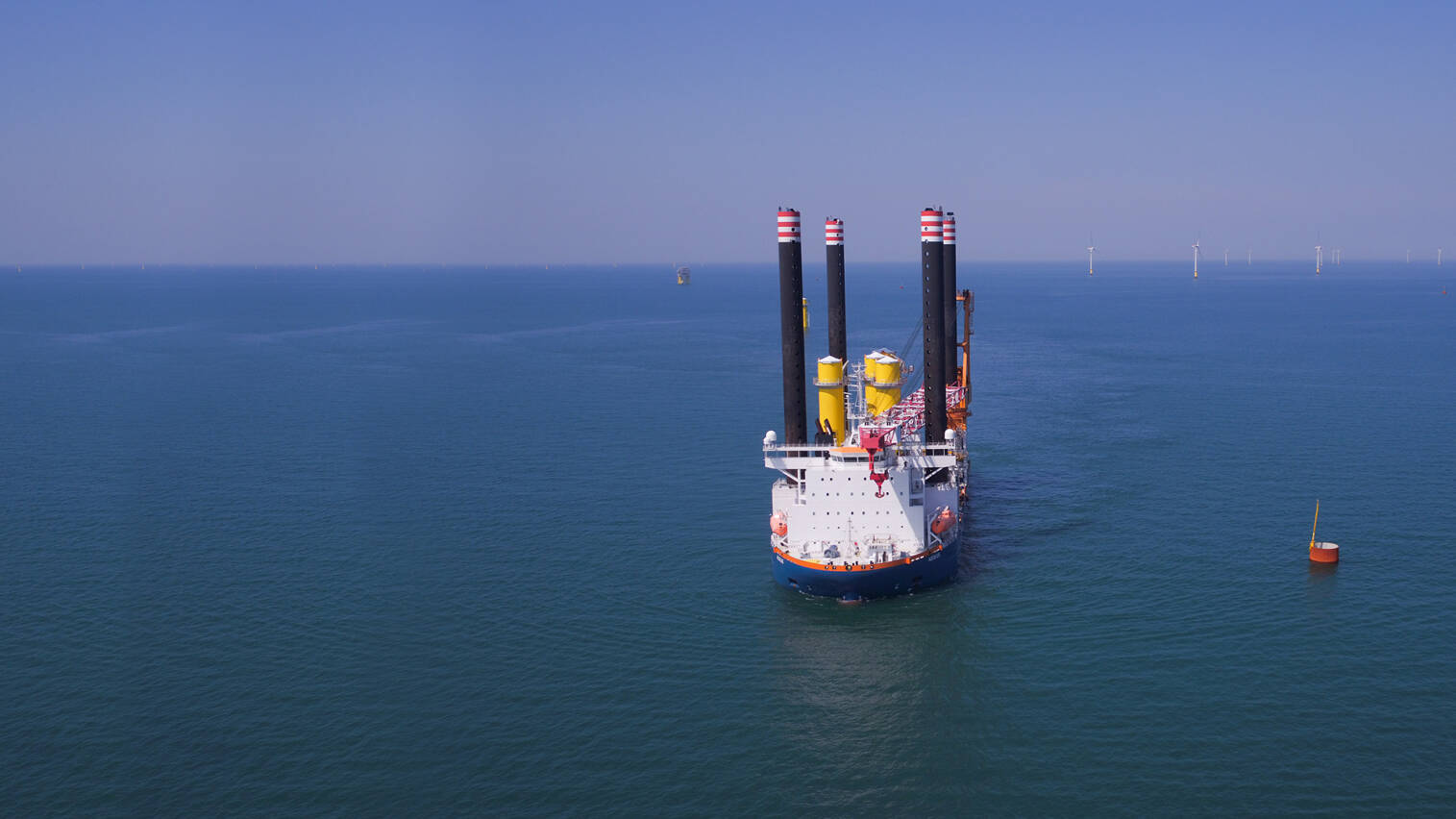
Making the impossible, possible
‘There is nothing new about floating installation; heavy lift installation vessel Svanen uses the same method. But while the Svanen has anchors to keep it in place, the Aeolus used Dynamic Positioning (DP) to maintain a stable position during floating installation. DP is a system that holds the vessel’s position and course constant with its own propellers. It allows us to do work at locations that would otherwise not be possible in jacked mode, for example because of obstacles on the seabed, like pipelines or other structures, or the depth of the water prevent the vessel from jacking,’ says Floren.





